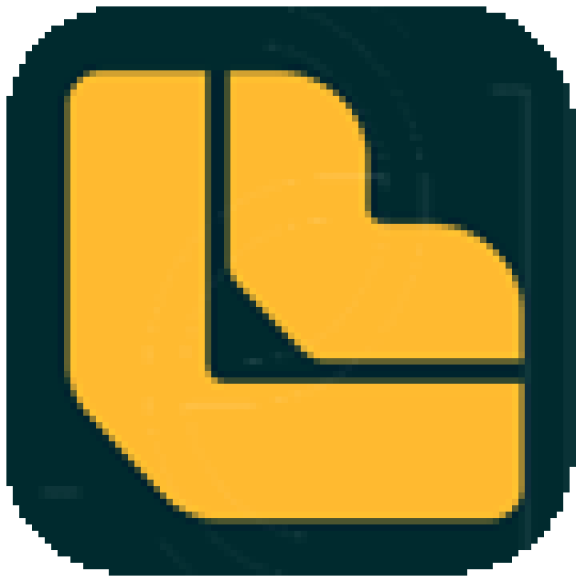
VISIONARIES WELCOME
A makerspace is an open place with tools and supplies where anyone can go to work on a creative project of their own choosing. Projects can include endeavors in the fields of art, music, technology, small business, authorship, or science to name a few. At any of the PCCLD’s Makerspaces , we have what you need in a creative space to explore innovative technologies and digital media, to hold collaborative meetings, to learn from skilled professionals and to get going on your own projects!
Formal Makerspaces are at the Rawlings and Pueblo West Libraries. Every other library has Maker technology and programming available. Check out what your local library has to offer!
- Rawlings
- Pueblo West
- Lucero
- Lamb
- Library at the Y
- Giodone
- Greenhorn Valley
- Barkman
Give us a call at 719-562-5600 or submit a question below.








